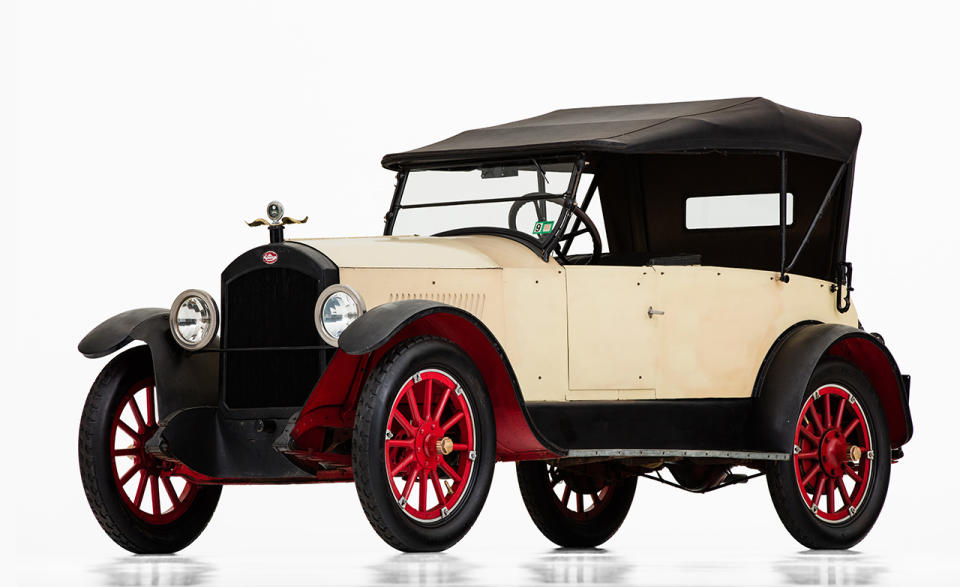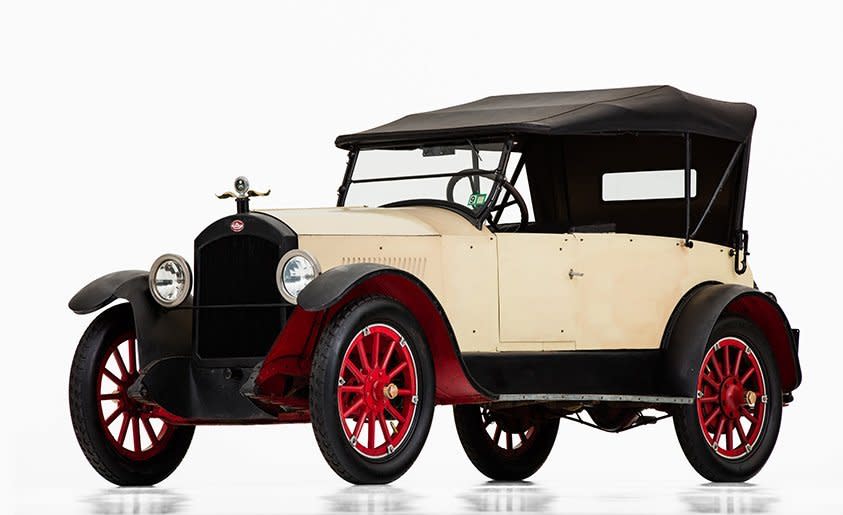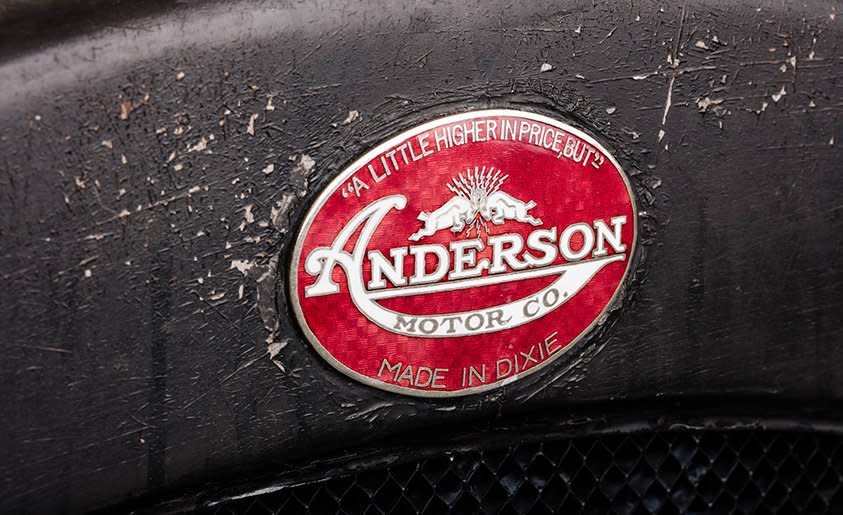The Orphan Chronicles: Anderson Motor Company


The highway of American automotive progress is littered with the carcasses of failed brands. But it’s difficult to name notable ones that weren’t headquartered in or around the Midwest. There, a history of ship and carriage manufacturing, a bounty of natural resources (water, iron ore, timber, coal), and a propensity for industrial solutions allowed now-defunct brands as diverse as Checker, Kaiser, Nash, Studebaker, and Tucker to thrive, if only briefly.
This didn’t happen much in the agrarian South. There was the Hanson Motor Company from Georgia that operated in the 1910s and ’20s, but it built fewer than 2000 cars over eight years, and despite being headquartered in Atlanta, its cars actually were assembled in Detroit. There was also the Piedmont Motor Car Company of Lynchburg, Virginia, during the same era, but it expended so much of its production capacity building badge-engineered vehicles for (mostly Northern) car companies that it could barely supply its own dealers.

Which leaves one (sort of) shining star that built cars beneath the Mason-Dixon line in the years between the World Wars: the Anderson Motor Company of Rock Hill, South Carolina.
John Gary Anderson, like many early automakers, got his start building horse-drawn buggies, viewing cars as a nefarious and fleeting fad. He eventually saw the writing on the wall for animal-powered transport and decided to make the leap forward. In the mid-1910s, he reorganized his Rock Hill Buggy Company into the Anderson Motor Company and began selling an upscale, six-cylinder touring car. Starting locally, he eventually set up dealerships in the northern U.S. as well as in Central America and the Caribbean. “A little higher in price, but made in Dixie” was the brand’s slogan. We’ve got to wonder how well that played in Cuba.
Anderson the man is credited with a number of automotive innovations. His company was an early adopter of electric windshield wipers, he equipped his cars with a transmission-mounted air compressor for filling flat tires, and he patented the foot-operated headlight-dimmer switch, now a relic that disappeared with the Malaise Era. John Gary Anderson is additionally credited with helping to bring a sense of style to the vehicular realm.

“He was a poet and a sculptor and did many other things,” says Paul Ianuario, a 71-year-old retired automotive engineer and owner of a pristine 1920 Anderson Six convertible. “And he thought cars should be fun. So while cars of that era were black and dark brown and dark gray—very conservative—he made cars that were yellow with a red undercarriage like mine, or cars that were green with yellow undercarriages, or blue cars.”
Following a nearly 25-year search, Ianuario found his car in 1989 as it was being deaccessioned from the collection of a nonagenarian. He’s since gone on to add several dozen other vehicles to his horde, including representatives from more widely known orphan brands such as Packard, Hudson, Chalmers, and Plymouth.
Anderson the company suffered a downturn in the early ’20s, falling victim to the post-WWI recession, industry consolidation, and engine-warping issues with a design contracted from Continental in Chicago. Add some filial mismanagement of the business by Anderson’s sons, and the factory closed in 1926 after winding down for two years. Car manufacturing wouldn’t really return to South Carolina until BMW built its Spartanburg plant in 1994, taking advantage of relaxed local regulations and a non-unionized labor pool. Mercedes-Benz, Volvo, and myriad suppliers have since followed suit and set up shop in the state.

Roughly 6300 Anderson cars were made during the company’s run, but because of the lack of service support, cannibalization of parts for other vehicles, and the inhospitality of the South’s damp, warm climate for cars made of wood and aluminum, very few have survived.
“Of the 12 or 13 that are said to exist,” Ianuario says, “one of them was cut off from behind the transmission, one is completely rusted to the point where you can’t salvage anything off of it, one was in World War II and the body has been completely destroyed. If [you’re asking how many are] operational and complete, there are only about seven cars.”
Ianuario’s car joined another Anderson in a display featured at the 2016 Hilton Head Island Concours, a Palmetto State homecoming of sorts for this South Carolina marque. The 1920 Anderson Six then returned to the confines of his garage, a place that sounds like a collector’s dream. “I can best put it this way,” Ianuario says. “My home is 2400 square feet. My garage is 7000 square feet.”

 Yahoo Autos
Yahoo Autos 